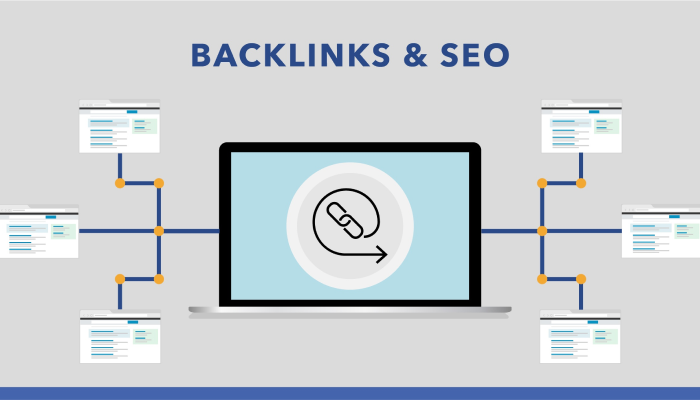Call Anytime 24/7
Mail Us For Support

Internal linking is often an underutilized method in SEO. Not only do they act as signals for search engines, but they help users navigate the site, providing links and information related to similar products. It can also help make transitions easier. This guide aims to explain internal linking for SEO, explain why it is important for SEO, and provide useful advice on how to conduct internal link research and what is on your site to review. What is an internal link?
Internal links are defined as hyperlinks from one page on your website to another page on your website. Internal links are used to add context to the topic of the linked page. Because of this, they can be good for protecting the main issue. Why are internal links important for SEO and usability?
Keys can be used in internal links to tell Google to recommend the page for a particular topic. If you target keywords naturally, internal linking can help improve your keyword rankings.
For example, a link to a page about flour tortillas should contain this topic, as it receives around 1,600 searches in the UK per month. Availability
Internal links that use descriptive anchor text are critical for accessibility. If people use screen readers, for example, using a link to make comments provides the context where the link directs them. An example of this:
By linking to relevant pages, you can encourage conversions and encourage users to sign in, submit a contact form, or make a purchase.
You can do this through anchor text or buttons on your website. This “Request a quote” button links to the contact form. Anchor text links are used within text sections to direct users to another page.
You can share useful information to guide the user journey. For example, if you have a page on electric cars and you also have blog post knowledge on this topic, this will be an important opportunity to connect users to the blog. E-commerce sites use this method a lot to connect users with similar products or offer a package to try and sell the purchase.
Being able to navigate a website easily is very important to the user experience. If a user can’t find what they’re looking for quickly because of bad keywords, they may leave your website. Using a good link system also helps Google to understand site structure and interactions between pages, for example. products in the same category. How to do internal network analysis
Now that we know how important internal links are, how do you go about doing link research on your website?
The best place to start researching is to browse your website. Tools like Screaming Frog, Sitebulb, and SEMRush will give you a list of links to look for.
Make sure you have an error-free XML sitemap that is indexed by Google. It is also useful to have an HTML sitemap that can help users navigate the site, as well as build links between pages.
Redesigning your menu structure is key to ensuring your website is easy for users to navigate. On top of that, it will help create an equal bond between you. Use the main menu for main services and product offerings, as well as all information resources and, of course, your contact page. Anchor text
Anchor text is a method where a link is inserted directly into the text. Again, anchor text can be an underused SEO technique and should be considered in your internal link analysis. Different pages can be indexed using keywords. For example, a page about Smirnoff vodka should use “Smirnoff vodka” as an anchor link, as it receives around 18,100 searches in the UK per month.
We have learned that not only are internal links for SEO useful and useful for website users and navigation, but they are also useful for SEO. Internal links should be reviewed regularly to look for additional opportunities and to ensure that you are providing users with anchor text and relevant links. Try to remove any obstacles that make it difficult to navigate your website.